
Throughout history, humans have constantly looked up at the night sky, seeking to understand the mysteries of the universe. Our ancestors, with none of the modern tools and technologies we possess today, built remarkable structures and observatories to chart the movements of celestial bodies. These ancient astronomy sites, often shrouded in mystery, are a testament to early humans’ ingenuity and sophisticated understanding of astronomical phenomena.
Stonehenge: An Astronomical Enigma
Among the most famous prehistoric observatories, Stonehenge stands on the Salisbury Plain of southern England. While the construction of this circle of standing stones dates back to around 3000 BC, its purpose remains a subject of extensive debate. The alignment of the stones with sunrise at the summer solstice strongly suggests an astronomical function.
The architecture of Stonehenge demonstrates advanced prehistoric engineering techniques. Researchers believe it served not only as a place of worship but also as an astronomical calendar, marking significant solar and lunar events. Excavations and studies continue to unveil more about this site’s importance in ancient astronomy.
Chichen Itza and the Mayan Observatory
The ancient Maya civilization was known for its advanced knowledge of astronomy, as evidenced by the El Caracol observatory in Chichen Itza, Mexico. Built around 1000 AD, the structure features unique windows designed to align with the movements of Venus, illustrating the significance of this planet in Mayan mythology and timekeeping.
The precision with which the Maya tracked celestial movements allowed them to develop highly accurate calendars and predict solar and lunar eclipses. El Caracol provides a glimpse into the astronomical prowess of this ancient civilization.
Nabta Playa: The Prehistoric Egyptian Observatory
Located in the Nubian Desert, Nabta Playa is an archaeological site that served as an epicenter for prehistoric astronomical observation as early as 6000 BC. This site contains stone circles and alignments that have been interpreted as one of the earliest known examples of astronomical activity in human history.
Studies suggest that the stones align with the constellations and the summer solstice, supporting the theory that Nabta Playa was a ceremonial center linked to the mastery of early astronomy and religion. This discovery highlights the sophisticated cosmological knowledge of Nile Valley inhabitants.
The Ancient Observatories of Machu Picchu
Perched high in the Andes Mountains, Machu Picchu hosts several structures believed to have been used for astronomical observations by the Inca civilization. The Intihuatana stone, often referred to as the ‘Hitching Post of the Sun,’ is one of the most famous features at the site, aligned to point directly at the sun during certain solstices.
As an agricultural society, the Incas depended heavily on celestial patterns to regulate their planting and harvest seasons. The observatories at Machu Picchu underscore the critical role of astronomy in Incan society, blending religious and practical aspects.
Conclusion: The Legacy of Ancient Astronomy
The ancient astronomy sites spread across the globe are a testament to the early humans’ ability to observe and interpret the skies. These prehistoric observatories not only provided practical solutions for timekeeping and agriculture but also held spiritual significance, connecting the earth to the heavens above. As modern technology continues to advance our understanding of the universe, these ancient structures remain a reminder of the knowledge and achievements of early civilizations.
Exploring these sites offers valuable insight into the ingenuity and astronomical expertise of our ancestors, inspiring both historians and astronomers alike. Each visit reveals more stories of human curiosity and the relentless pursuit to comprehend the cosmos.
Throughout history, humans have constantly looked up at the night sky, seeking to understand the mysteries of the universe. These ancient astronomy sites, often shrouded in mystery, are a testament to early humans’ ingenuity and sophisticated understanding of astronomical phenomena. 



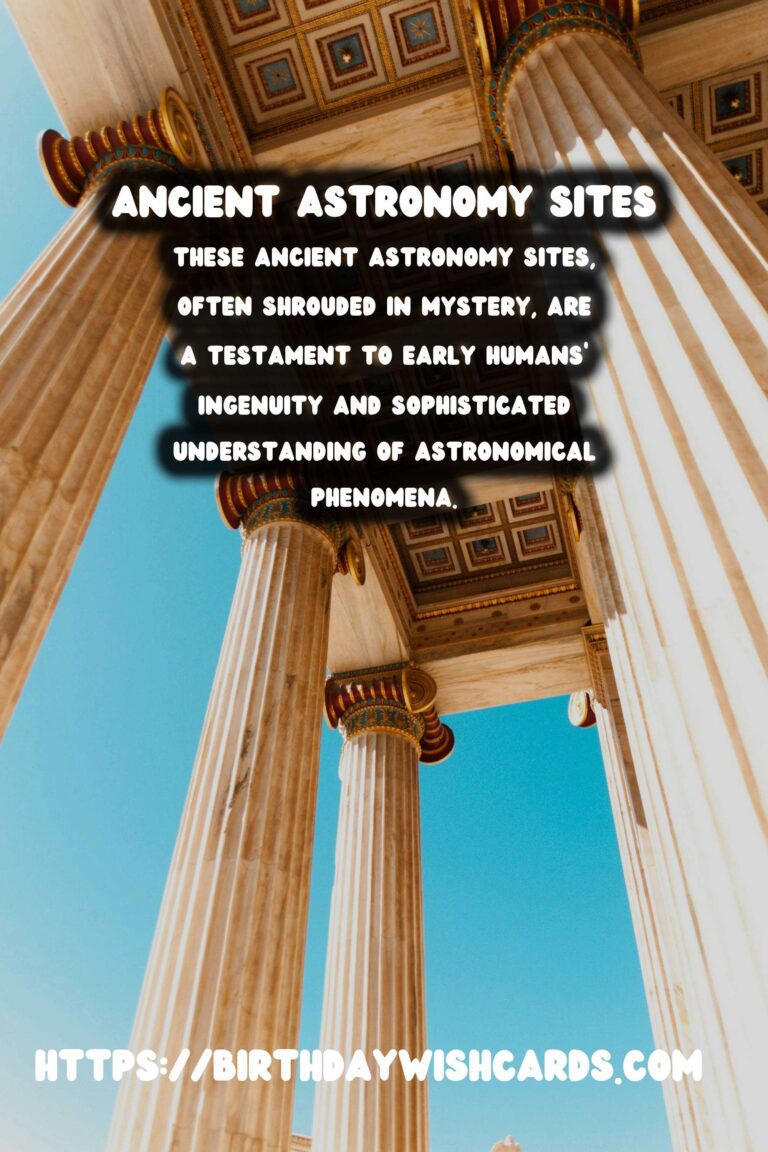
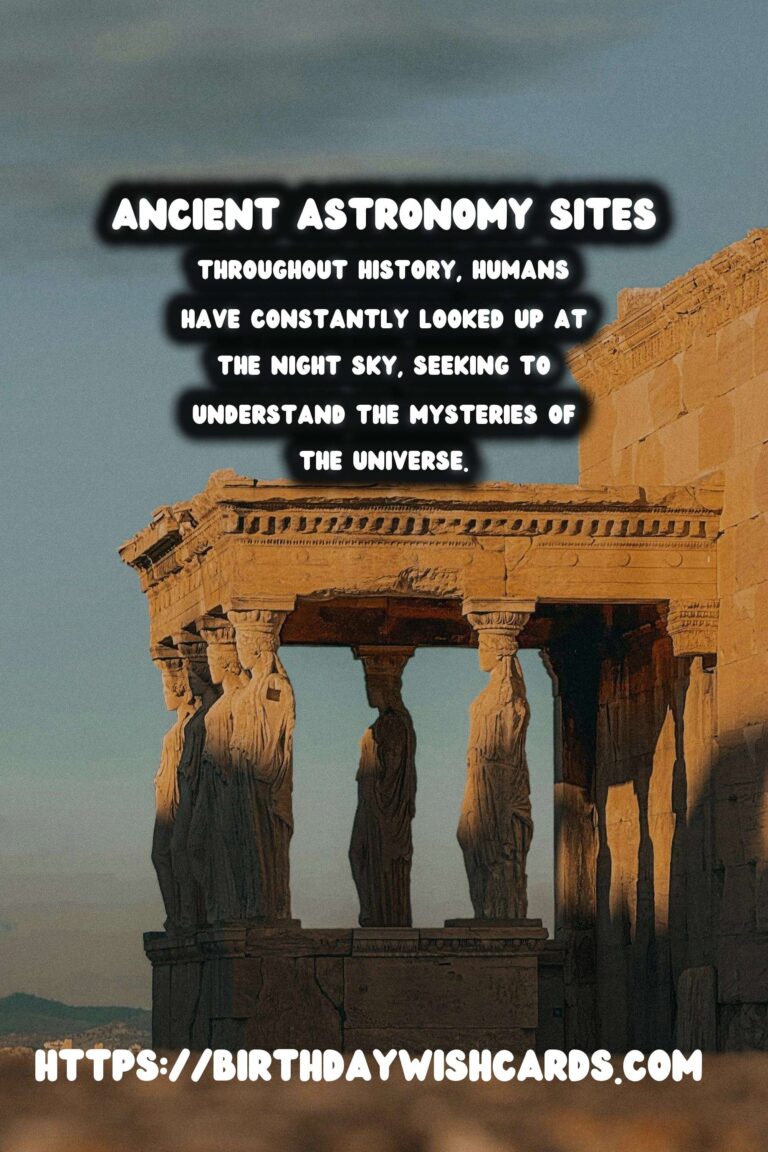
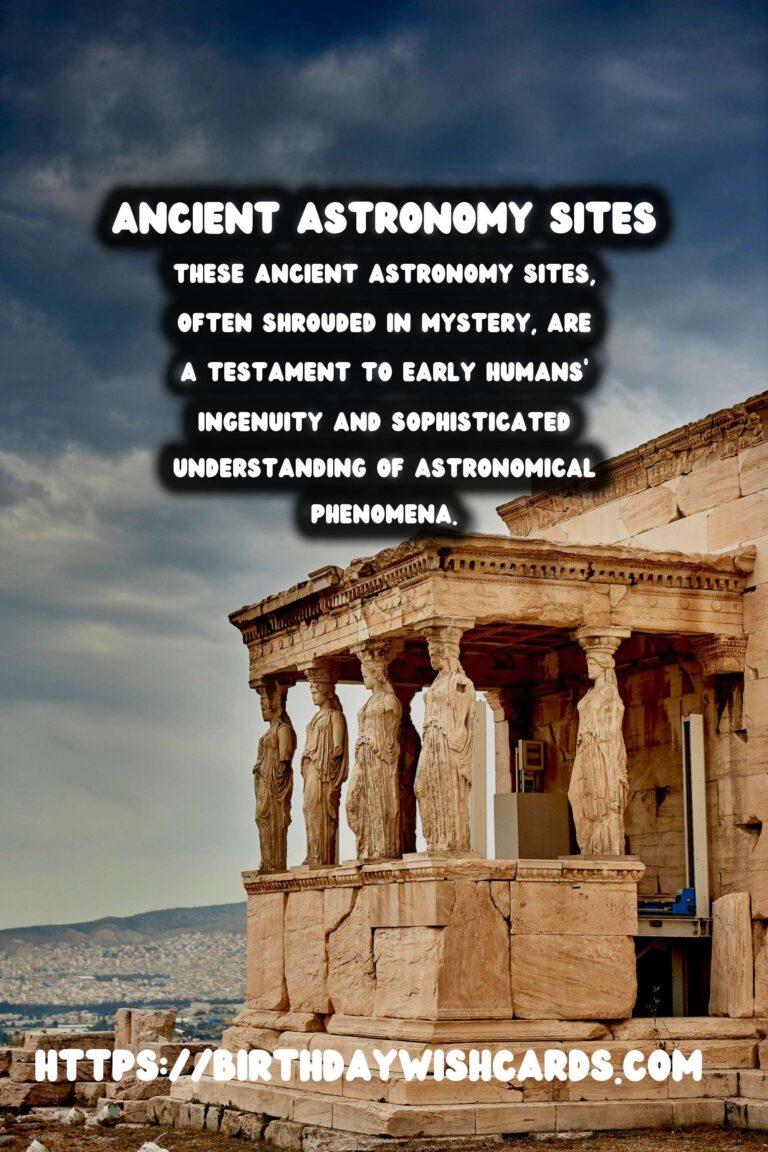
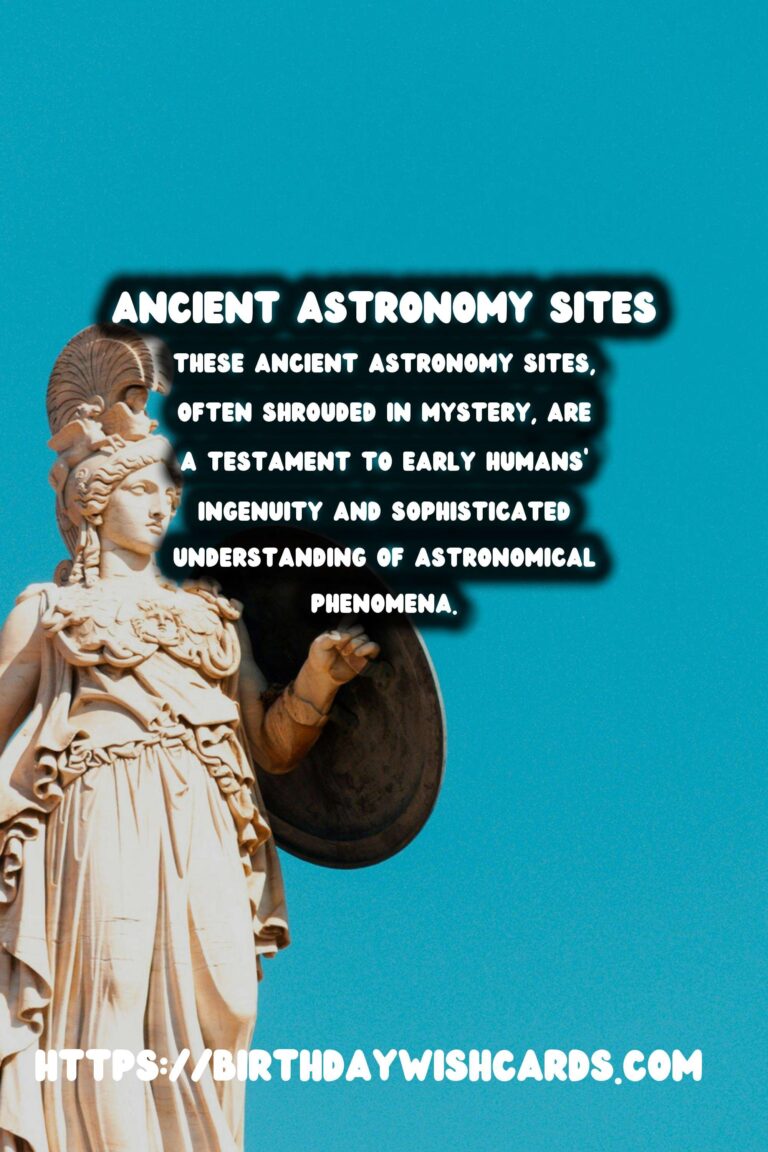
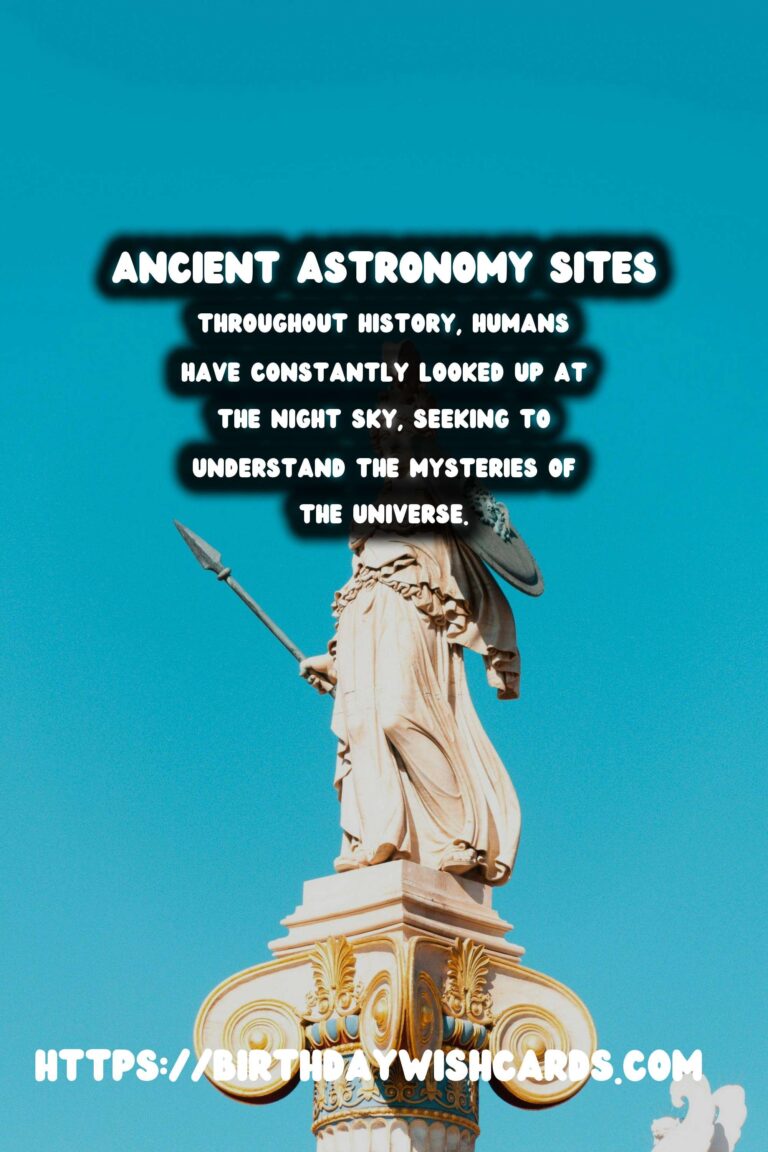
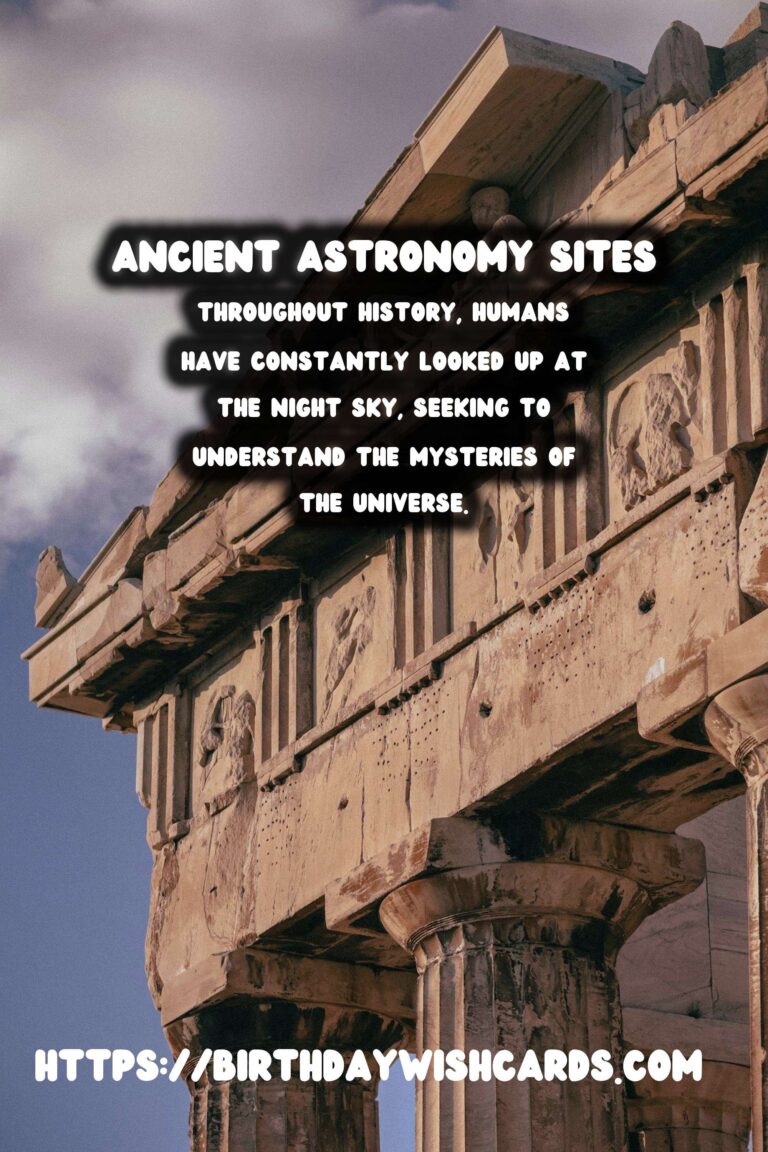
#AncientAstronomy #PrehistoricObservatories




